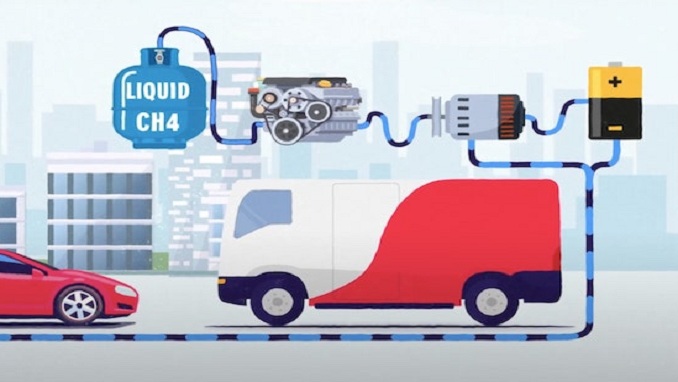The world needs no hydrogen revolution, but a steady transition, and transportation is the first one in the row, the CEO of L-Charge, a new innovative manufacturer of electric chargers for EV’s, Dmitry Lashin writes in a column.
Electricity consumption is growing all over the world, on average by 2% per year, since the 2000s – the multiplying number of gadgets, the growing popularity of electric cars, the conscious transition to electric heating in many countries, Lashin wrote.
Adding to this there are some unexpected costs: according to a study by the Cambridge University, 123.99 TWh (terawatt-hours) of energy were used to produce Bitcoin in 2020, while the whole UAE consumed just 119.45 TWh during the same period. There is no reason to believe that situation will change for the better.Hugeincreasing demand for the electricity will only continue to grow.
At the same time, it is important from which sources the energy was obtained – the leading world economies have already published their programs intended to complete decarbonization as early as in 2050 and are actively moving along the way.
In 2020, the volume of renewable energy capacities in the EU increased by 10% and at the end of the year reached up to 38% of the total energy generation. At the same time, the share of generation from renewable energy sources in Germany exceeded 50%. The share of energy from coal combustion also decreased, which was facilitated simultaneously by the rise in the cost of CO2 certificates and the decrease in gas prices.
In recent years capacities of batteries for storing electricity have significantly increased. The efficiency of power generation on renewable energy sources has increased, and the cost of commissioning new capacities has decreased. All this contributes to an active transition to green energy in developed countries. In 2020 about 90% of all new capacities introduced in the world fell on renewable energy sources.
According to the forecasts of the European Electricity Association by 2030 – 80% of the EU’s electricity can be obtained without using fossil fuels, while renewable energy will account for up to 60%. But this scenario may look just a bit too optimistic, Lashin warned in the column.
Renewables are still having much lower efficiency level than traditional energy sources. According to calculations based on the energy expended, solar panels will pay off in more than six years and wind power plants – one and a half years. At the same time, natural gas power plant will pay off in just 11 months and the nuclear power plant in just 2 months.
RES are very dependent on weather conditions – lack of sunlight, the strength and gust of the wind, everything could make a difference. Wind power generation is usually available 25% to 35% of the time; sun – 10% to 25% of the time. So, the RES is extremely unstable, and its intermittent operation contributes to the growth of costs, Lashin added.
According to him, it is essential to shift from the grid to a local source of generation. Over time, classic filling stations will move to dual-fuel, selling both classic gasoline and electric power. The fuel for these stations will be LNG or an LNG / H2 mixture, whichever is cheaper and meets the emission standards. Even today’s technology of local electricity generation allows it to reduce emissions by 68% with the same consumption level of a diesel / gasoline vehicle.











